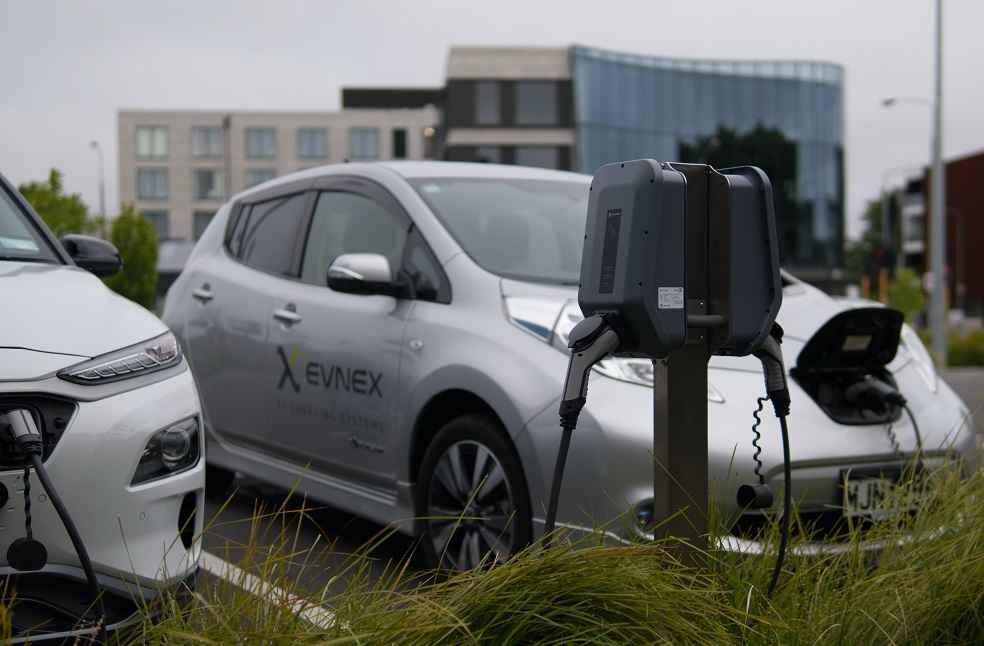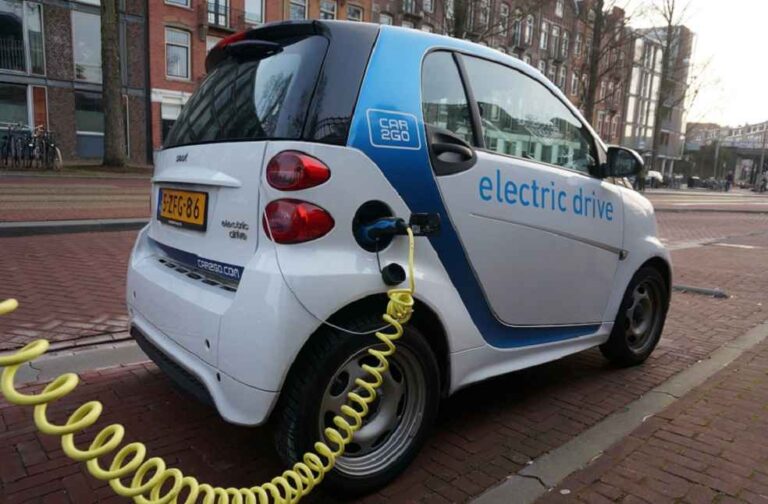Despite a global shift towards Battery Electric Vehicles (BEVs), Japan’s BEV market continues to face hurdles. A significant challenge has emerged from the surging popularity of hybrid vehicles, which saw a 30% sales boost between January and July 2023, bringing them to represent 46% of the passenger vehicle market.
BEVs Premium and Non-Premium
European OEMs dominate the premium vehicle segment in Japan, shifting from traditional internal combustion engine (ICE) models to BEVs. Toyota aims to transition all its Lexus ICE and hybrid models to BEVs by 2035. Meanwhile, in the non-premium sector, Nissan and Mitsubishi were the pioneers in introducing BEVs. Currently, all Japanese Original Equipment Manufacturers (OEMs) have rolled out their BEV strategies. Hyundai and BYD have also commenced the launch of their BEV models in the Japanese market.
Consumer Concerns About BEVs
A key factor hindering BEV adoption is the Japanese consumer’s apprehension. Many voice concerns over BEV prices, battery durability, limited range, lengthy charging times, and inadequate charging infrastructure. However, a positive trend has emerged in favor of Kei car BEVs, typically used for short commutes within cities. The success of Kei cars like Nissan Sakura and Mitsubishi eK X EV, launched in June 2022, suggests that consumers are more accepting of these vehicles, likely due to their shorter driving ranges and less frequent charging needs.

Data from the first seven months of 2023 highlights a modest BEV market share at 2.6%, even though the sales volume has grown by 30% with a total of 55,924 units sold. Notably, 51% of these sales were Kei car-based BEVs.
BEVs vs. Hybrids: The Current Scenario
While the BEV market witnesses a gradual rise, hybrids continue to dominate. Their market share rose from 42% to 46% between 2022 and 2023. Factors such as the absence of any major ICE-related scandals and the recent spike in gasoline prices make hybrids a preferable choice for Japanese consumers. They view hybrids as a more efficient alternative, which could result in the BEV market’s growth remaining tepid in the coming years.
A recent survey by a prominent car rental/share company revealed that out of those who don’t own a BEV, 84% haven’t contemplated buying one, while the remaining 16% have been deterred by the aforementioned concerns.

Looking Ahead
As more Kei car manufacturers enter the BEV market, the share of Kei car-based BEVs is anticipated to grow further. Over time, this trend may drive a broader acceptance of BEVs, with consumers transitioning to larger models and forgoing their ICE or hybrid vehicles. However, for OEMs without Kei car offerings, boosting BEV sales remains a daunting task.
To gain a clearer understanding of Japanese consumer attitudes towards BEVs, all eyes will be on the upcoming survey by the Japan Automobile Manufacturers Association (JAMA) next year. However, the present scenario underscores the necessity of alleviating Japanese consumers’ concerns to amplify BEV sales, especially in the non-Kei car segment.
MOST READ | UK’s Top 10 Best-Selling Cars of 2023 Revealed





